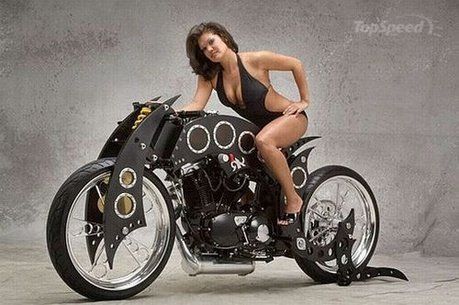 I was inspired by a photograph offered by Tim Green (the best motorcycle book and ephemera dealer on ebay) to investigate some DKW history, as the photo shows such an intriguing machine; a full 'egg' streamliner with small sidestand, being examined by a host of interested observers.
I was inspired by a photograph offered by Tim Green (the best motorcycle book and ephemera dealer on ebay) to investigate some DKW history, as the photo shows such an intriguing machine; a full 'egg' streamliner with small sidestand, being examined by a host of interested observers.The photo was taken during 'World Record Week', October 26, 1938, outside Frankfurt-am-Main, which has a fairly straight and flat autobahn (I was there a month ago - which Route did they use, my German readers?). I presume the 'Record Week' meant that the various car and motorcycle factories had access to the autobahn for a period of time during each day, and the timekeeping facilities/staff were kept on hand full-time.

This enclosed DKW was a 500cc model (a supercharged two-stroke twin of course, since that's what the factory was racing at the time - see drawing of the body), and the body was designed by streamlining expert Baron Reinhard von Koenig-Fachsenfeld, the inventor in 1936 of the chopped tail on cars (later called the 'Kamm' tail after Wunibald Kamm developed the idea). The Baron used windtunnel testing at F.K.F.S. (read about it in the link) in Stuttgart - home of DKW - to find a shape with minimal drag.
The tail on this bike (not a 'Kamm' tail - that was designed for cars as a production compromise to 'ideal' streamlining) features a novel 'air brake'; the end of the tail fin has two flaps which can spread out to create drag in the slipstream (see pic of the Baron demonstrating below).
 And I'd like to know if those flaps are hydraulic, or if the rider had a 'brake pedal' to push, or perhaps even linked braking, like a Rudge.
And I'd like to know if those flaps are hydraulic, or if the rider had a 'brake pedal' to push, or perhaps even linked braking, like a Rudge.There were problems with the full enclosure, though, and a combination of handling issues (the record runs in '38 had to be abandoned due to prevailing winds), and poor rider visibility/fumes/discomfort while sealed into the 'egg' put paid to this shape.

Thus, in later runs, the top of the streamliner was cut off, to the level shown on the pic above. This version still had handling issues, and the enclosure was cut down further to the shape seen below; interesting as this progression presages the trend from 'dustbin' fairings to 'dolphin' fairings in GP racing, post-war. Dustbins and other front-wheel enclosing streamliners are extremely sensitive to side winds, and can be dangerous at high speeds. Leaving the front wheel 'in the breeze' makes a huge difference to the ability of the machine to take an angular blast of wind, an
 d remain stable enough to make course corrections.
d remain stable enough to make course corrections.Several factories in Europe experimented with enclosures on their fastest machines during the 1930s, most famously BMW and Gilera, and put up some very fast speeds before the War - almost 200mph from 500cc ohc engines.




 Rider #50 looks very much like Ewald Kluge, and if this is so, and it is the Belgian GP 1939, then he won that race, and continued on to be 'Champion of Europe' after winning 4 out of 7 races
Rider #50 looks very much like Ewald Kluge, and if this is so, and it is the Belgian GP 1939, then he won that race, and continued on to be 'Champion of Europe' after winning 4 out of 7 races 















